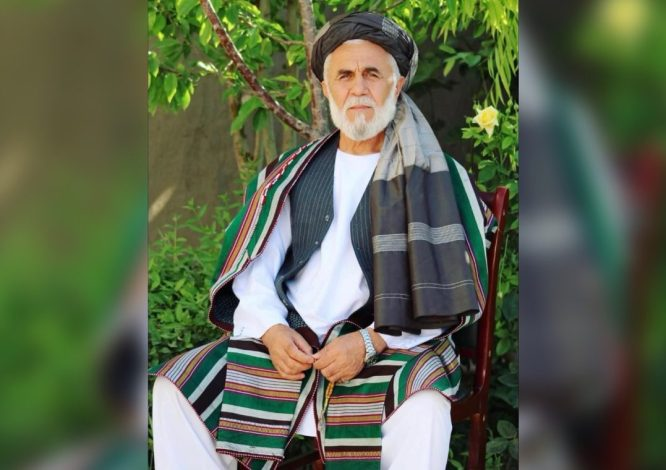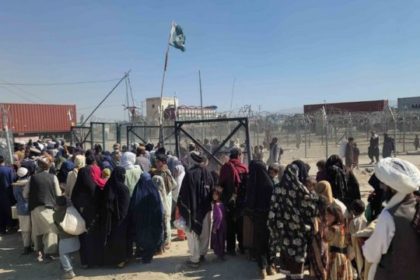RASC News Agency: Newly surfaced intelligence from within Afghanistan has exposed a covert and calculated assassination campaign orchestrated by the Taliban, aimed specifically at eliminating influential non-Pashtun tribal elders in the country’s northern provinces. According to sources closely monitoring the Taliban’s internal operations, this program allegedly approved by the group’s reclusive leader, Haibatullah Akhundzada represents a deliberate effort to dismantle the political and cultural influence of ethnic minorities who have historically resisted Pashtun-dominated Taliban rule.
The reports reveal that Taliban intelligence units have compiled a classified “kill list” containing the names of over 1,000 prominent non-Pashtun figures, with a primary focus on Tajik leaders in provinces such as Samangan and other northern territories. These individuals are reportedly being marked for staggered elimination through targeted assassinations, carried out by Taliban-linked armed agents operating under the veil of anonymity and with complete impunity. In one particularly harrowing incident, Mohammad Akbar Niazi, a respected tribal elder of the Khormi community in Samangan, was arrested by Taliban intelligence forces and later executed by firing squad. Local sources confirm that Niazi was subjected to extrajudicial killing in a manner designed to terrorize other community leaders and suppress potential opposition to Taliban authority. His death is emblematic of a broader strategy of ethnic intimidation and ideological purging.
This campaign is not isolated. It forms part of a sustained pattern of ethnic repression that has escalated since the Taliban’s return to power in August 2021. Northern Afghanistan home to diverse ethnic populations including Tajiks, Uzbeks, and Hazaras has increasingly become the epicenter of systematic abuses. Arbitrary detentions, forced disappearances, torture, and extrajudicial killings have become the tools of statecraft employed by the Taliban’s intelligence apparatus, often operating in tandem with the so-called Ministry for the Promotion of Virtue and Prevention of Vice. Haibatullah Akhundzada, who remains largely hidden from public view, has described the Taliban’s intelligence wing as “the backbone of the regime,” a statement that underscores the central role this shadowy body plays in maintaining the group’s authoritarian grip through fear and elimination of dissent. Under his directive, the intelligence service has evolved into a ruthless enforcement organ, silencing not only political adversaries but also ethnic leaders and civil society voices who challenge the regime’s monolithic vision for Afghanistan.
Observers and rights organizations warn that this ethnic cleansing-by-stealth tactic represents a return to the darkest days of Taliban governance now executed with even greater tactical precision and strategic depth. The deliberate targeting of non-Pashtun communities threatens to destabilize the already fragile social fabric of Afghanistan, plunging the nation deeper into sectarian fragmentation and long-term unrest. Despite growing evidence of these atrocities, the Taliban leadership continues to deny any wrongdoing, while the international community’s muted response and reduced presence on the ground have emboldened the group’s worst tendencies. With institutions of accountability either dismantled or severely restricted, northern Afghanistan has become a testing ground for a brutal model of governance where ethnic identity alone can be a death sentence.
This unfolding campaign of violence not only deepens ethnic and political divisions but also erodes any remaining hopes for inclusive governance or genuine national reconciliation. As the Taliban solidify their power through repression and fear, Afghanistan’s minority communities are being systematically silenced one grave at a time.






